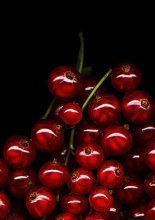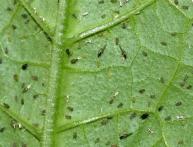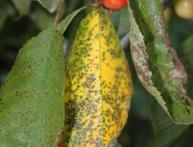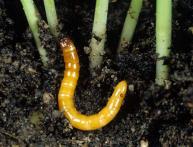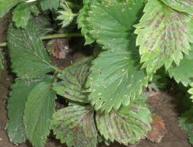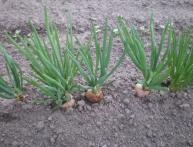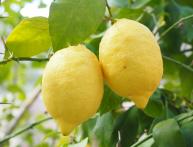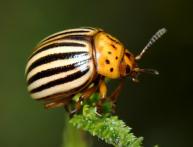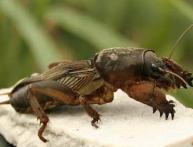Powdery mildew on currants: how to deal with it
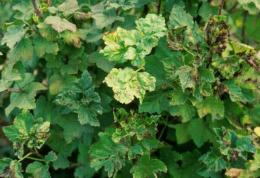
This disease is well known to all plant growers. Powdery mildew is a threat to many plants. Many crops are susceptible to it: flowers, shrubs, trees. Powdery mildew affects indoor plants, penetrating into apartments.
Content:
- Causes of powdery mildew
- Signs of powdery mildew
- One of the folk ways to combat the disease
- Selection of planting material - as a control measure
- Conditions for the development of the disease
Causes of powdery mildew
Disease caused by a parasitic fungus. Young leaves and shoots acquire a silvery coating and sparkle in the sun with tiny droplets of moisture. Without proper treatment, the disease spreads throughout the plant. The leaves curl, the ovaries wither, and the fruits fall off. By the end of the growing season, the plant weakens and does not tolerate the winter period.
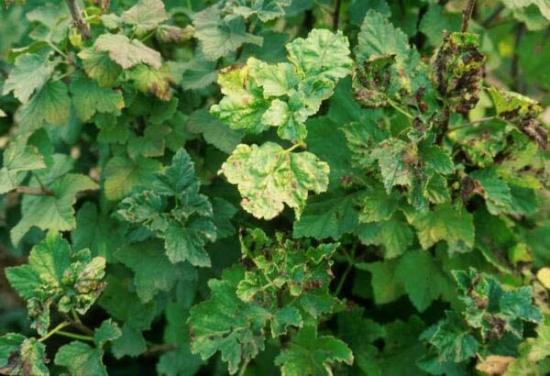
Despite the similarity in the external signs of the disease, powdery mildew is caused by different types of fungus. This suggests that powdery mildew, which has settled on the cucumber crop, is not able to infect gooseberries or currants.
Powdery mildew appears on plants, in particular on currant bushes, at the very beginning of the growing season. Fungal spores, carried by the wind, settle on young foliage. With the onset of stable heat, closer to the beginning of summer, spores burst and the mycelium invades the plant body. From this moment on, the destructive effect of the fungal infection begins.
Signs of powdery mildew
Powdery mildew was introduced in the mid-19th century from the American continent. The parasitic fungus received good conditions for its life. Until now, this disease is considered difficult to cure.
The affected plant can always be distinguished from healthy currants. The leaves and branches of the currant bush are covered with a powdery coating, like felt. With mechanical action (for example, manually scrubbing such a coating), the plaque does not go away. Bushes that are infected stop their development and stop bearing fruit.
If appropriate measures are not taken, powdery mildew on currants usually leads to the permanent death of the plant.
The appearance of powdery mildew is not only associated with poor plant care. Excess nitrogen fertilizers can also lead to parasite damage to currant bushes. Not all currants are susceptible to the disease, but the risk of powdery mildew infection applies to all varieties.
One of the folk ways to combat the disease
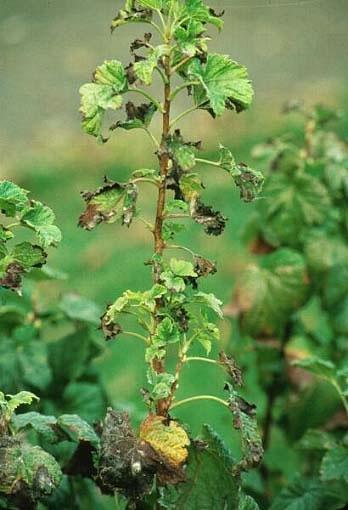
If powdery mildew is found on currants, one of the folk methods of combating this disease can tell you how to fight it. To protect the currant bush from powdery mildew, the following measures can be applied:
- Before flowering begins, 1 kg of sifted ash is diluted in 10 liters of water (bucket). Place in a sunny place with direct sunlight for 3-4 days.
- 1 bar of laundry soap is grated and added to the mixture, ensuring the stickiness of the solution.
- After flowering ends, the bush is sprayed with a solution of soda ash, at the rate of 25 g of soda per 5 liters of water.
This activity is recommended to be carried out before signs of the disease appear.
Based on the fact that powdery mildew spores are carried by air currents, that is, by wind, spring spraying The “old-fashioned method” is a preventive measure to combat the disease. It is aimed at preventing parasitic fungal spores brought by the wind from developing on treated plants.
Selection of planting material - as a control measure
Purchasing healthy planting material can be considered as one of the ways to prevent powdery mildew from entering the gardener's area. It is advisable to purchase young currant bushes from plant nurseries. Being directly on the territory where the seedlings are grown, you can see the growing conditions, as well as receive qualified advice from specialists.
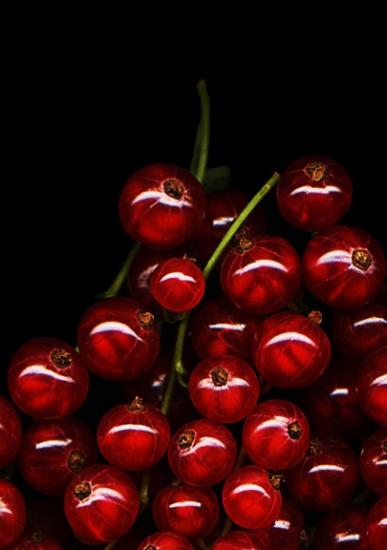
Specialized nurseries will provide advice on varieties, choosing a site for planting currant bushes, soil composition, fertilizer complexes, and, of course, protection from diseases and parasites.
Conditions for the development of the disease
The most optimal conditions for the development of powdery mildew spores are warm and humid days at the beginning of spring. Fungal spores begin to develop when the air temperature rises to +17C and the relative air humidity is 90%.
The disease begins from the center of a poorly pruned bush, in its most shaded part, or on those bushes where there is no direct sunlight.
The intensity of development of powdery mildew spores occurs during the period of vigorous development of the vegetative mass. This period is associated with anti-aging pruning of bushescarried out on a large scale.Often, the intensive development of the disease is caused by unbalanced application of fertilizers: a large amount of nitrogen fertilizers prevails over phosphorus and potassium fertilizers.
In conclusion, I would like to remind you that pathogens overwinter on fallen leaves, berries and affected tips of shoots of the past growing season, causing secondary infection of plants in summer. The viability of summer spores does not exceed two to three days. But this period is also shortened at daytime air temperatures of +30+32C, especially when dripping moisture enters.
Removing fallen leaves and timely spring pruning of currant bushes will help avoid secondary infection of plants with powdery mildew.


